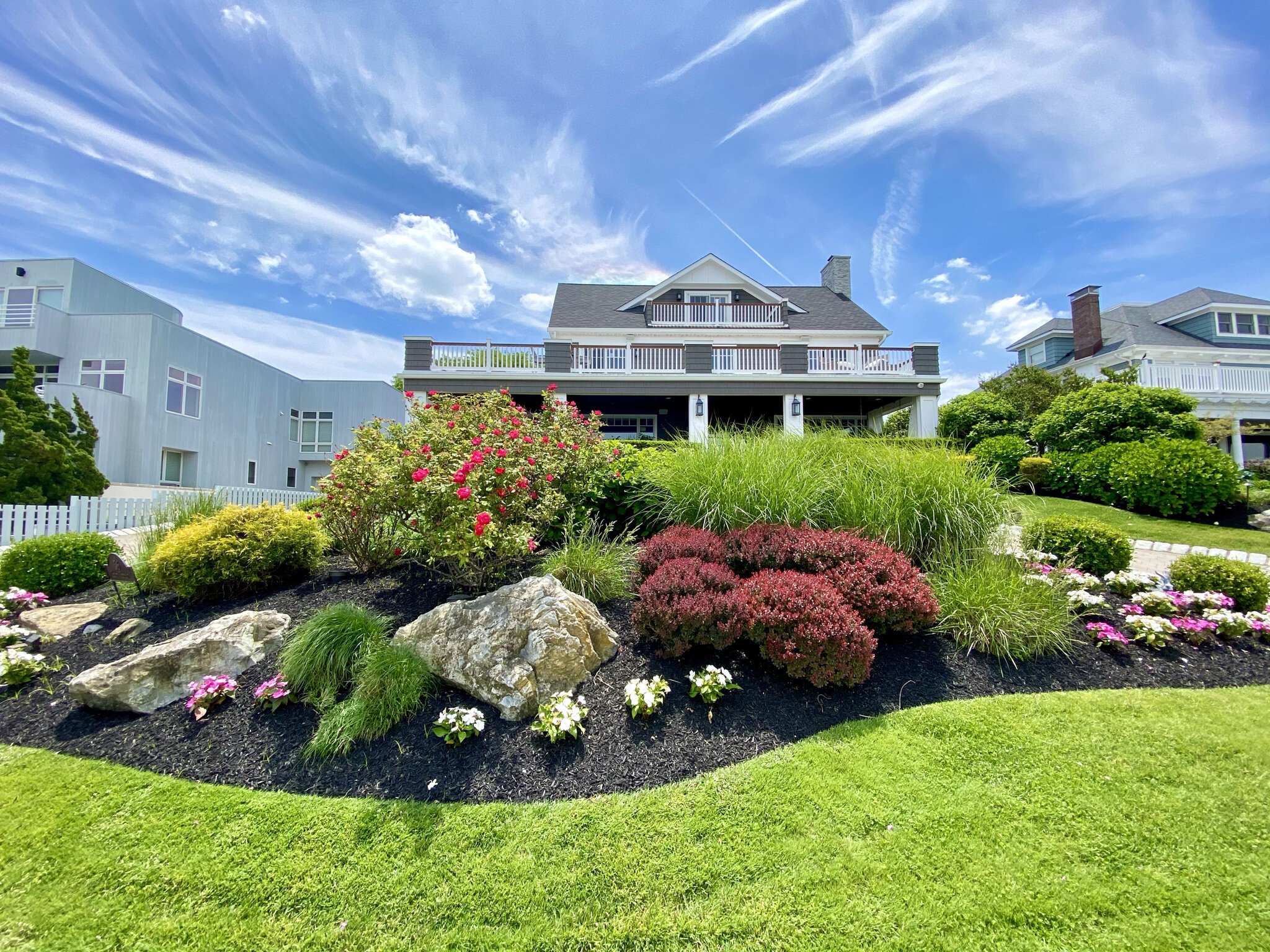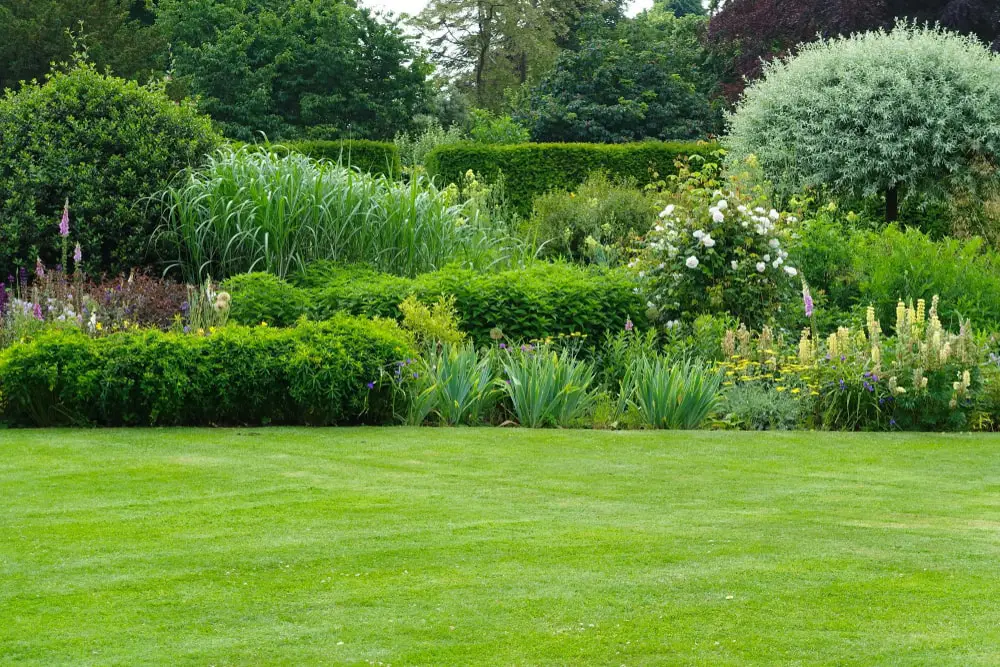Discovering the Best Palm Desert Landscaping Professionals for Your Job
Discovering the Best Palm Desert Landscaping Professionals for Your Job
Blog Article
A Comprehensive Guide to Creating and Implementing Effective Landscaping Solutions
The art and science of landscape design expand past simple visual appeals; they include a thoughtful combination of design principles, environmental stewardship, and practical implementation. A detailed guide to effective landscape design solutions starts with an extensive understanding of your exterior area, highlighting the relevance of proportion, balance, and unity. As we discover sustainable strategies and the selection of appropriate vegetation, the implications for biodiversity and neighborhood wellness become increasingly apparent. What techniques can one use to guarantee these landscapes not only grow but also prosper in consistency with their surroundings?

Comprehending Landscape Design Concepts
One could question what fundamental elements add to reliable landscape design. At its core, effective landscape layout rests on a number of key principles that direct the plan and choice of elements within a space. These principles consist of unity, percentage, rhythm, and equilibrium, each offering to produce an unified outside setting.
Unity refers to the cohesive relationship among various components, guaranteeing that they interact visually and functionally. Equilibrium can be accomplished with asymmetrical or in proportion plans, allowing the landscape to feel stable and welcoming. Proportion involves comprehending the range of elements in relation to each other and the surrounding setting, promoting visual harmony and comfort.

Analyzing Your Outdoor Space
Prior to carrying out the principles of landscape style, a comprehensive evaluation of your exterior area is crucial. This preliminary analysis assists define the scope of your landscape design task and makes certain that your design straightens with the special attributes of your property. Begin by assessing the dimensions of your area, taking specific measurements to recognize the readily available area for numerous components such as gardens, patios, and paths.
Next, observe the existing features of your landscape, consisting of topography, soil top quality, and drain patterns. These factors significantly affect plant option and positioning. Additionally, examine the sunshine exposure throughout different areas throughout the day, as this will certainly influence the sorts of plants that flourish in your garden.
Take into consideration the microclimates created by frameworks, trees, and various other challenges, as they can influence temperature and dampness levels. Finally, bear in mind of any existing plants or hardscape aspects that you wish to eliminate or retain. This extensive assessment prepares for a well-informed and reliable landscaping service, making certain that your layout is not only visually pleasing however also functional and sustainable for many years to come.
Lasting Landscape Design Strategies
These techniques not just advertise environmental equilibrium but likewise improve the aesthetic and useful worth of a landscape. Carrying out effective irrigation systems, such as drip watering, minimizes water waste and guarantees that plants get sufficient dampness (Palm Desert Landscaping).

One more efficient method is the strategic positioning of trees and hedges to offer natural windbreaks and shade, hence reducing energy costs (Palm Desert Landscaping). Rainfall yards can be integrated right into the landscape design to manage stormwater runoff effectively, filtering contaminants prior to they go into waterways
Selecting the Right Plants
Selecting the right plants for your landscape is important to achieving both aesthetic charm and environmental harmony. official site The process begins with an understanding of your neighborhood climate, soil conditions, and the specific microenvironments within your landscape. Evaluating variables such as sunlight exposure, wetness degrees, and existing flora will aid you select plants that flourish in your special setting.
Consider integrating indigenous plants, as they are well-adapted to regional conditions, need much less maintenance, and assistance local wild animals. Additionally, picking a varied array of species can enhance biodiversity while minimizing the threat of illness and bug break outs. It is necessary to evaluate the development behaviors, blooming durations, and seasonal shades of prospective plants to produce a vibrant and cohesive landscape.
In addition, consider the meant use of the area; for example, if the location will experience high foot traffic, decide for resilient ground covers. By thoughtfully choosing plants that line up with both your visual objectives and environmental needs, you can develop a lasting landscape that not just improves your residential property but likewise adds positively to the surrounding ecological community.

Application and Maintenance Approaches
Once the best plants have actually been selected for your landscape, the focus moves to reliable execution and recurring upkeep strategies. Effective setup starts with proper website preparation, that includes soil testing to figure out nutrient levels view and pH, complied with by modifying the dirt as required. Carefully set up plants according to their development practices and light needs, making sure ample spacing to advertise healthy and balanced growth.
Watering is a critical element of application. Establish a watering schedule that considers the particular requirements of each plant types, adjusting for seasonal changes. Utilizing drip irrigation systems can enhance water performance and minimize runoff.
Upkeep strategies must be carried out to ensure the long life and vigor of your landscape. Regular jobs include weeding, mulching, and pruning to regulate growth and stop disease. Fertilization must be conducted based on dirt examinations, providing the needed nutrients without over-fertilizing.
Keeping track of for illness and parasites is necessary; early detection can protect against substantial damages. Seasonal adjustments to maintenance routines, such as preparing and winterizing perennials for spring development, will make certain that your landscape remains healthy and balanced and visually attractive year-round.
Final Thought
In conclusion, efficient landscape design options need an extensive understanding of style principles, meticulous analysis of exterior image source rooms, and the application of lasting methods. The option of ideal plant varieties plays an essential duty in boosting visual allure and environmental resilience - Palm Desert Landscaping. Successful implementation and recurring maintenance additionally make sure the longevity and vigor of landscapes. By integrating these elements, landscapes can be changed right into attractive, practical settings that advertise biodiversity and add positively to area well-being.
One could wonder what fundamental components add to reliable landscape design. At its core, successful landscape style hinges on several crucial concepts that guide the arrangement and option of elements within an area.Picking the right plants for your landscape is critical to attaining both visual appeal and ecological consistency. It is necessary to examine the growth behaviors, growing periods, and seasonal shades of possible plants to produce a cohesive and vibrant landscape.
Once the ideal plants have actually been chosen for your landscape, the emphasis changes to efficient implementation and ongoing maintenance approaches.
Report this page